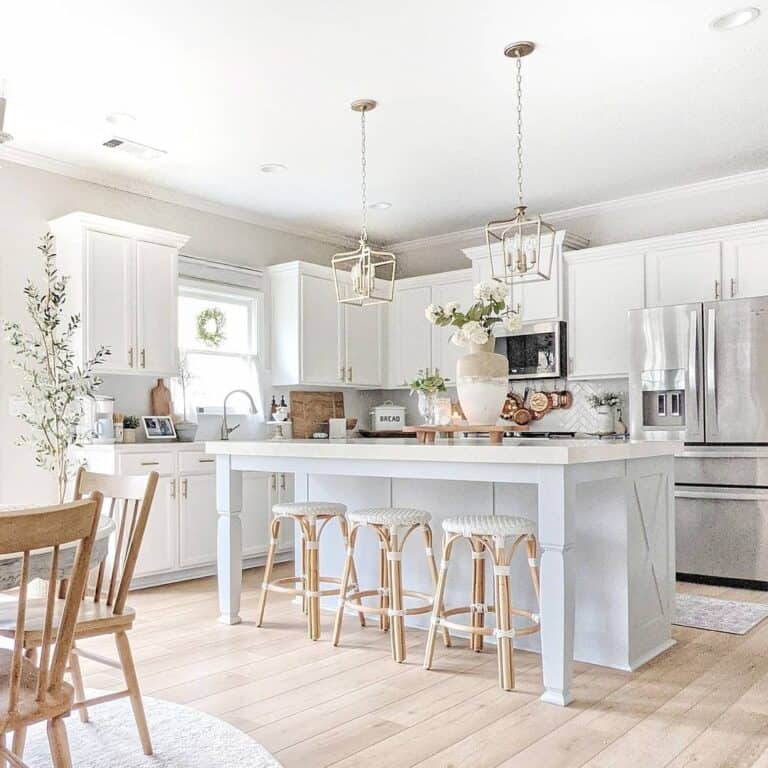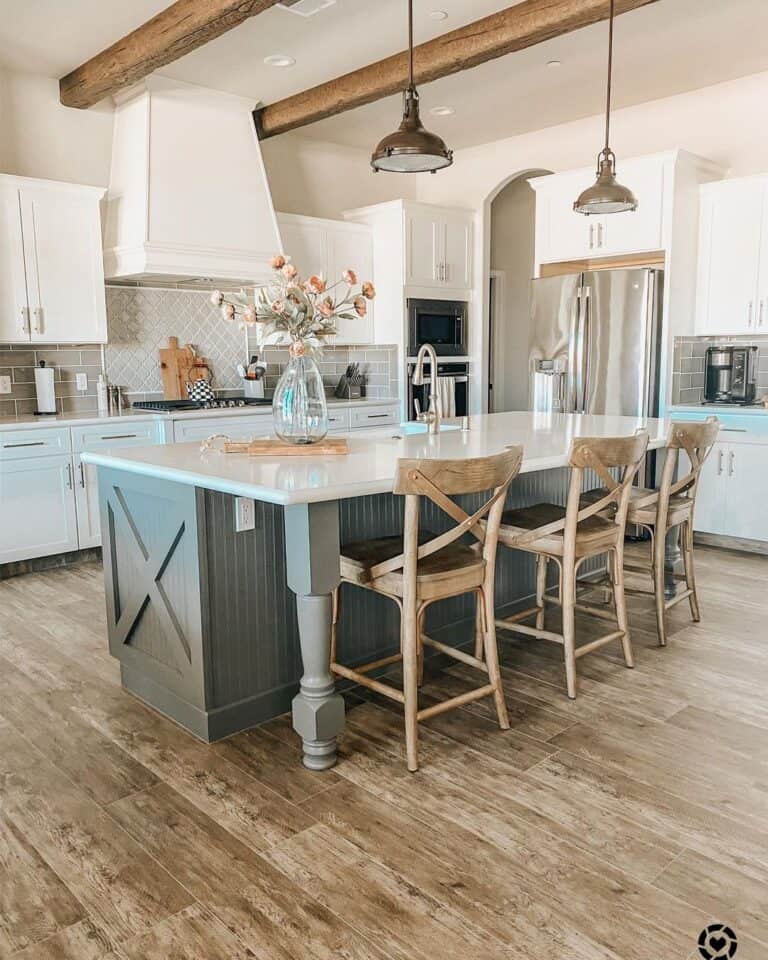Important Elements to Consider When Selecting Legs For Cooking Area Island
Picking the proper legs for a kitchen area island involves a careful analysis of several elements that can considerably influence both capability and aesthetic appeal. Amongst these, the option of material plays a pivotal duty in guaranteeing resilience, while the design has to match the existing decor. In addition, factors to consider such as height and weight assistance are vital for security and comfort. As we explore these components, it ends up being clear that each choice can have significant effects for the general cooking area experience. What nuances should be taken into consideration in each of these classifications to attain the optimal equilibrium?
Product Options
When picking legs for a kitchen island, comprehending the different product alternatives is vital for accomplishing both visual allure and structural stability (Legs For Kitchen Island). The selection of material dramatically affects not only the toughness of the island yet likewise its total layout and capability
Timber is a popular selection, offering heat and adaptability. Solid woods, such as oak or maple, supply strength and can be discolored or painted to match the cooking area decoration. Steel legs, commonly made from stainless-steel or functioned iron, add a commercial and modern feel while guaranteeing sturdiness and security. These materials are resistant to wear and can sustain significant weight, making them excellent for bigger islands.
An additional alternative is engineered materials, like MDF or plywood, which can be extra economical while still providing a variety of coatings. They might not supply the very same level of security as solid timber or metal. Legs For Kitchen Island. Last but not least, materials such as acrylic or glass can create a modern look, though they might require extra support to make certain stability.
Eventually, the option of material for kitchen area island legs should line up with the desired capability and the total theme of the cooking area.
Style and Style

When thinking about design, the shape and coating of the legs are crucial. Conical legs can provide a feeling of agility and beauty, while thicker, extra robust legs can communicate toughness and stability. Furthermore, the coating-- be it painted, discolored, or all-natural-- ought to enhance the cabinets and countertop materials to produce a unified appearance.
Moreover, the style of the legs can additionally mirror personal taste. Custom-made or attractive legs, such as those featuring elaborate makings or one-of-a-kind geometric shapes, can work as focal points, including personality and individuality to the kitchen. Ultimately, the best option will certainly not just boost capability but also elevate the visual allure, making the kitchen area dig this island a standout feature of the home.
Height Considerations
Selecting the appropriate elevation for cooking area island legs is vital, as it directly impacts both capability and comfort. The basic elevation for a kitchen area island usually ranges from 36 to 42 inches, straightening with typical countertop elevations.

It is likewise essential to make up users' elevations and preferences. Tailoring the height can make certain a comfortable experience for all household members, making the cooking area island a much more delightful and practical room.
Weight Support
Making sure adequate weight assistance for cooking area island legs is vital for both safety and performance. The cooking area island typically offers numerous purposes, consisting of food prep work, dining, and extra storage space, demanding a robust support framework. When picking legs, it is essential to think about the total weight ability required based on the island's meant usage and the products that will certainly be positioned on it.
The choice of material for the legs plays a considerable duty in their weight-bearing capabilities. Solid wood, metal, and durable composites normally give superior strength contrasted to lighter materials. Furthermore, the style of the legs-- whether they are directly, tapered, or have a pedestal Legs For Kitchen Island type-- can affect their capability to disperse weight successfully throughout the framework.
In addition, the leg positioning need to be purposefully intended to boost security. Legs placed at the corners or with a larger base can better support heavier loads. Constantly consult the manufacturer's specifications regarding load restrictions to make certain that the legs can maintain the designated weight without jeopardizing safety. In summary, picking kitchen area island legs with appropriate weight support is important for creating a secure and practical cooking area.
Installation and Upkeep
Proper setup and upkeep of cooking area island legs are vital for go to the website making sure long life and stability. This typically includes safeguarding the legs to the island base making use of appropriate fasteners, making sure that the legs are degree and straightened.
As soon as set up, regular maintenance is needed to protect the honesty and look of the legs - Legs For Kitchen Island. For wood legs, routine cleansing with a wet towel and application of ideal timber gloss can protect against dampness damages and preserve their coating. Steel legs might call for a mild cleansing option to eliminate oil and gunk, complied with by a dry cloth to avoid rust formation
Additionally, evaluate the legs consistently for indications of wear or damage, such as splits or loose joints. Tightening up screws or screws as needed can also extend the life-span of the legs. By sticking to these setup and maintenance methods, homeowners can make certain that their kitchen island continues to be strong and visually appealing for many years to come.
Final Thought

Aesthetic coherence is extremely important in selecting the style and design of legs for a kitchen area island, as these aspects substantially affect the overall ambiance of the space. Tapered legs can supply a feeling of agility and style, while thicker, more robust legs can convey strength and stability.Choosing the suitable height for kitchen area island legs is important, as it straight affects both performance and convenience. In summary, selecting kitchen island legs with adequate weight support is important for creating a functional and secure cooking area.
In conclusion, choosing legs for a kitchen area island requires careful consideration of numerous variables, consisting of material options, style, elevation, weight assistance, and setup.